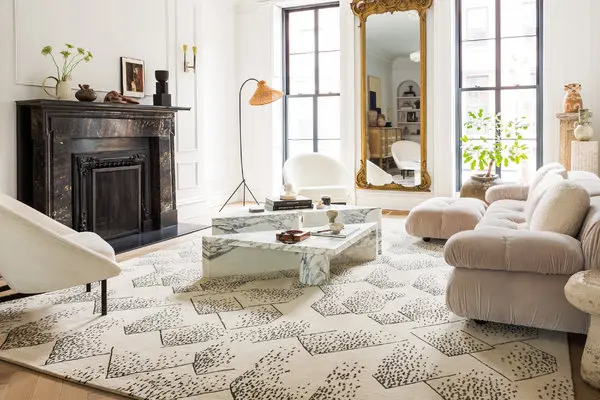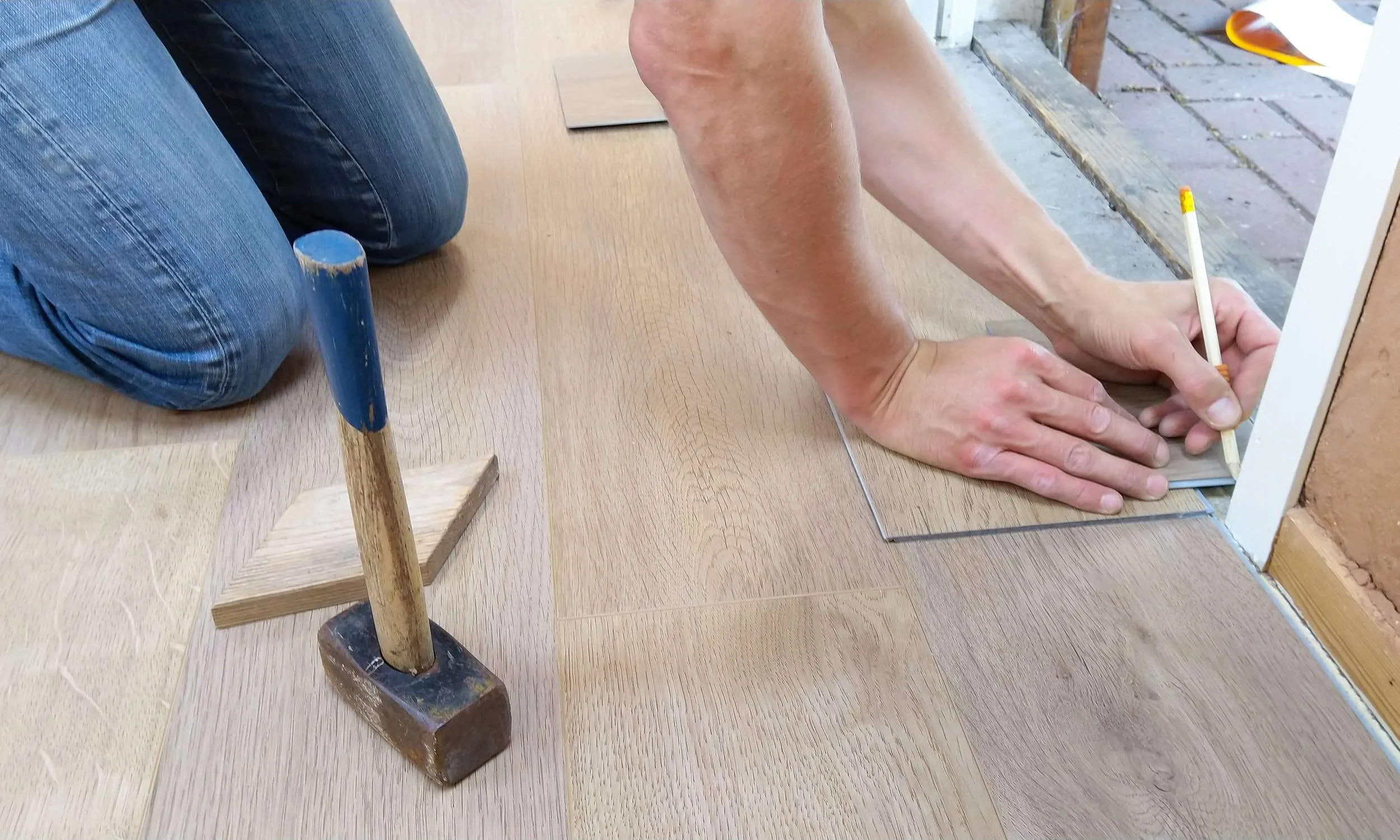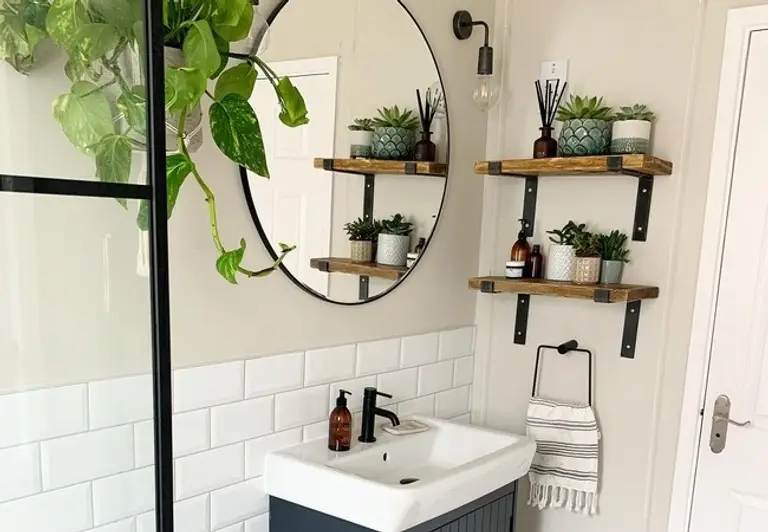The Essential Guide To Setting Up A Functional Home Workshop
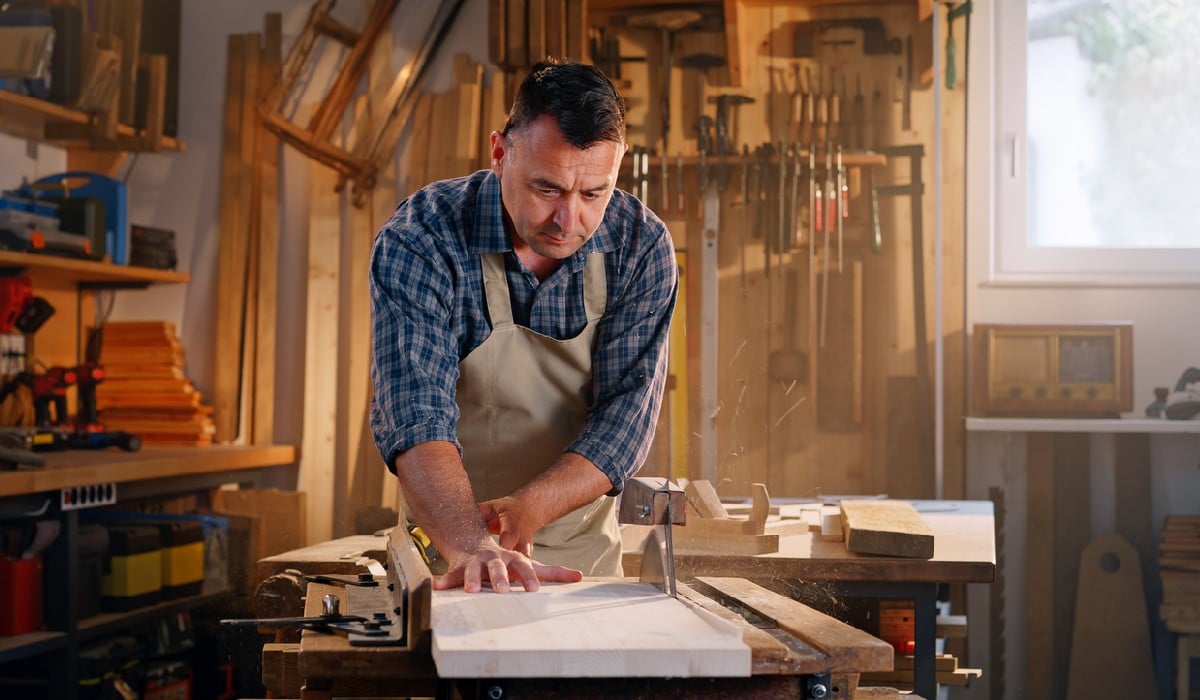
Table of Contents
Having a dedicated workspace at home for tackling projects and pursuing hobbies can be fulfilling. Whether you’re a do-it-yourself (DIY) enthusiast, a crafter, or a tinkerer, setting up a functional home workshop is the first step toward bringing your creative visions to life.
A well-designed workshop provides a dedicated space for your endeavours and fosters an environment that promotes productivity, organisation, and safety. If you’re wondering how to set up a functional home workshop, here are a few tips:
Understand Your Needs
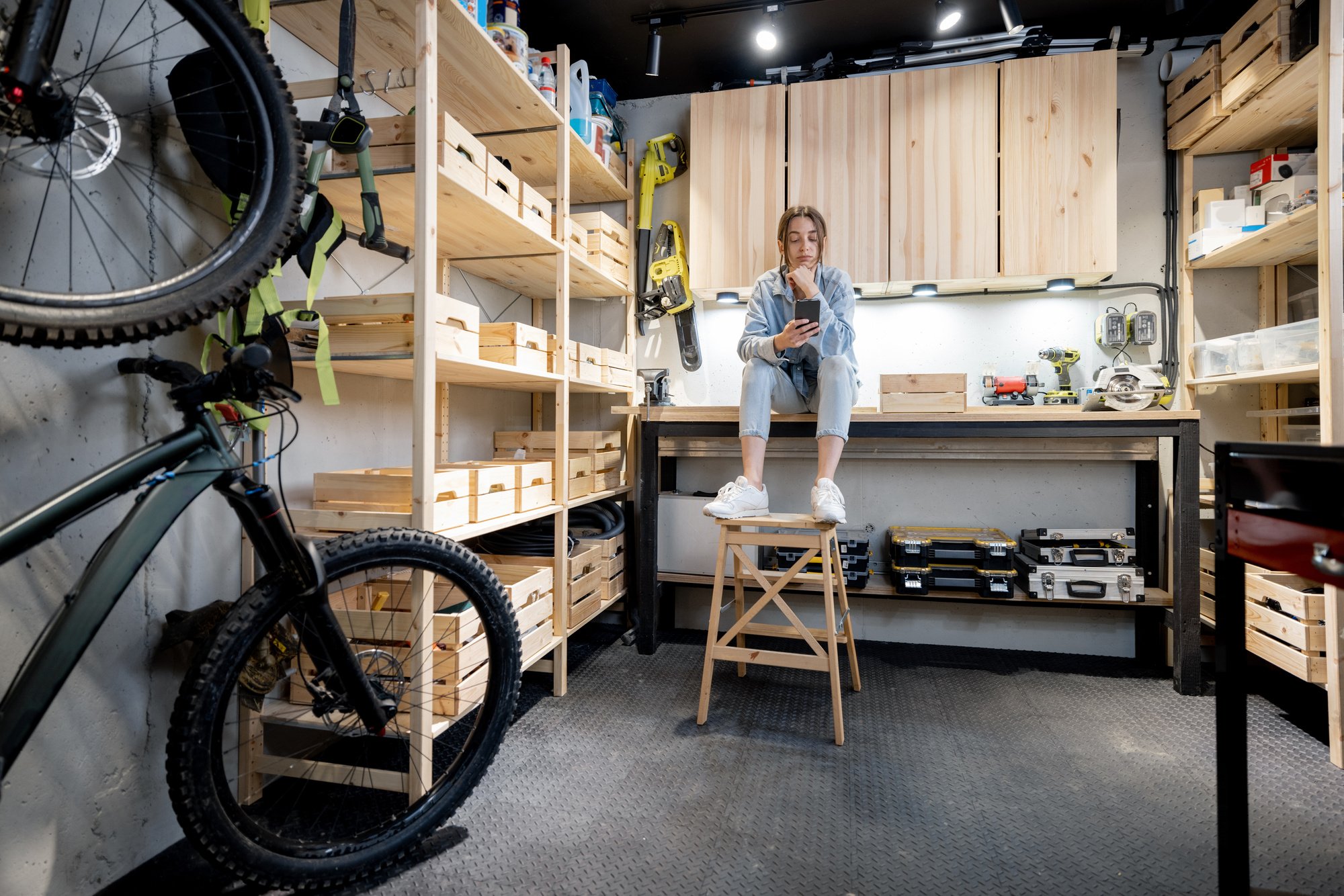
Setting up a home workshop can be exciting, but it’s vital to consider what you want to accomplish before you start the project. For instance, if you’re into woodworking, you’ll need enough working space for more extensive tools like a table saw or lathe. However, if you’re more into electronics or model-making, you could get by with a smaller workbench.
If metalworking is your passion, research quality equipment in your area is crucial. For instance, if you live in New Zealand, you can consider New Zealand MIG welder brands to ensure you have the right quality tools for the job. This way, you can factor in potential future equipment needs when designing your workspace layout, ensuring there’s enough space to accommodate a welder.
You should also consider the type of materials you’ll be using in your home workshop. Working with wood means you’ll need storage for things like lumber and room for sawdust collection. On the other hand, metalworking requires heavy-duty tools and safety gear.
Choose The Right Space
Choosing a suitable space for your home workshop is crucial. Ideally, you’d want a dedicated area where you can make all the noise and mess you need without disturbing others. A garage or basement can work perfectly, or even a spare room if you have one.
However, it would be best if you consider proper ventilation, especially when working with anything that produces fumes or sawdust. You wouldn’t want the dust and chemicals building up in an enclosed space.
Additionally, natural light is a significant factor in helping you see what you’re doing. But if the space doesn’t have windows, make sure to plan for good artificial lighting. You’d also want an accessible workspace as you may be hauling tools and materials in and out of the workshop.
Invest In Quality Tools
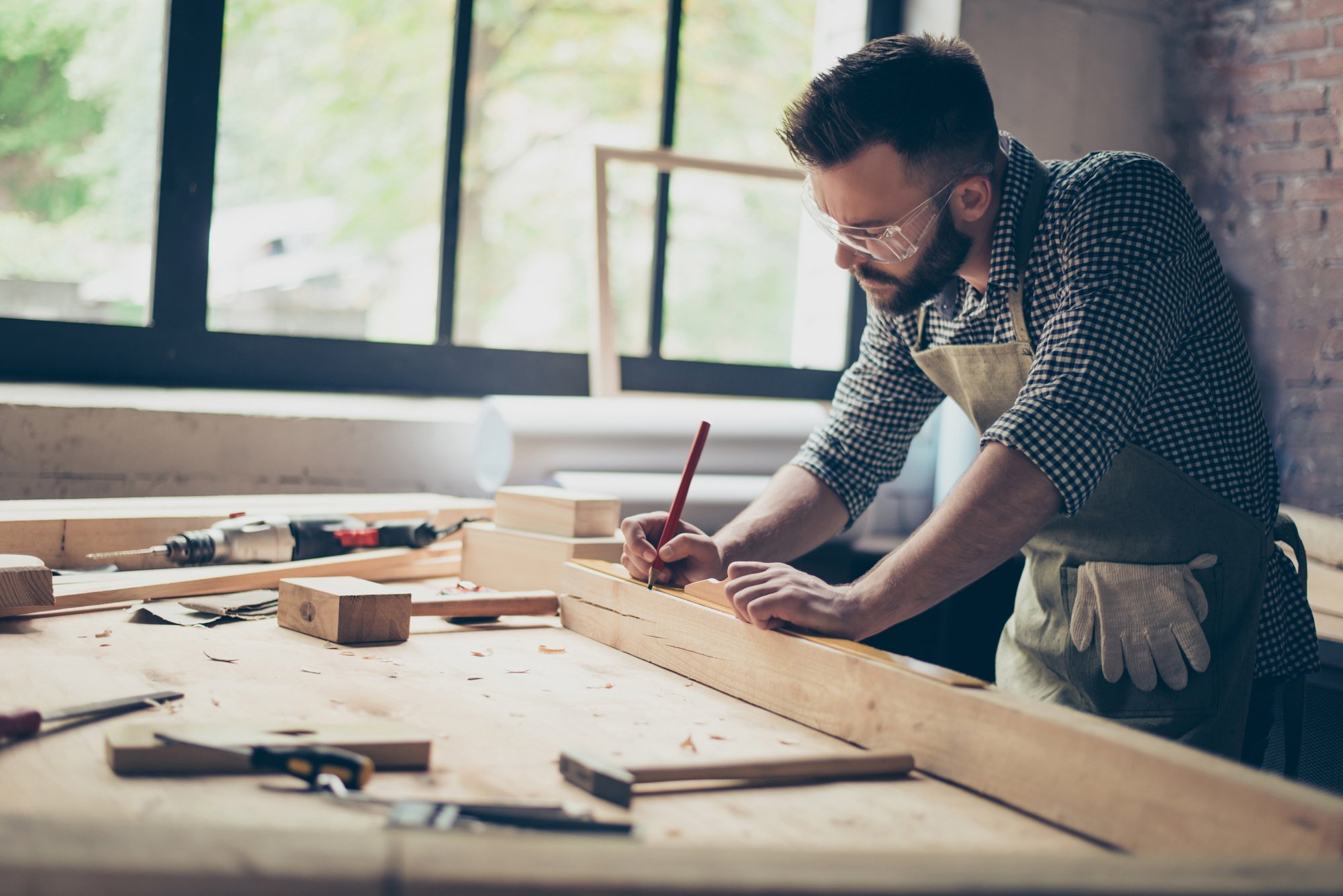
Investing in quality tools is non-negotiable for maximising your DIY efficiency. For woodcrafters, start with the basics: a solid hammer, saws, chisels, and clamps. You’d also want power tools like a drill, sander, and a table saw or band saw down the line.
If metalworking is more of your jam, an angle grinder is a must-have, along with some welding gear and a durable vice to secure those heavy workpieces. Also, invest in quality personal protective equipment regardless of your project type for safety purposes.
Power Your Workshop
Having an adequate power supply is also crucial for a fully functional home workshop. The power requirements may vary depending on the designated space or room. If you can’t access the primary power source directly, consider purchasing a generator or finding a way to tap into the main supply line safely.
Ensure the power is consistent and reliable by having multiple outlets installed throughout the workshop area. This will allow you to power various tools and equipment for your projects conveniently. Additionally, investing in cordless power tools is highly recommended. These tools come in handy when you need to work away from outlet access or during power outages.
Optimise The Layout
Optimising the layout is crucial for building a space-saving home workshop. But where do you start? First things first, measure the designated space. Then, sketch out a floor plan, ensuring you allow enough breathing room for your workbenches, tool storage, and the ability to move around freely.
The main workbench is the centrepiece, so position it strategically near a window for natural light or under bright overhead lighting. This ensures there’s enough light when working on your project, and you can carve out the details efficiently. For your tools and materials, keep the most frequently used ones close. Having these essentials close saves you the hassle of rummaging around mid-task.
Conclusion
Setting up a functional home workshop requires careful planning and consideration of your needs, space, layout, tools, and comfort. However, the effort is well worth it for the satisfaction and productivity that a well-designed workshop can provide.
With proper preparation, you can create a personalised haven for pursuing your passions and bringing your creative visions to life. So, take time to set up your workshop for a functional space that inspires your best work for years to come.

